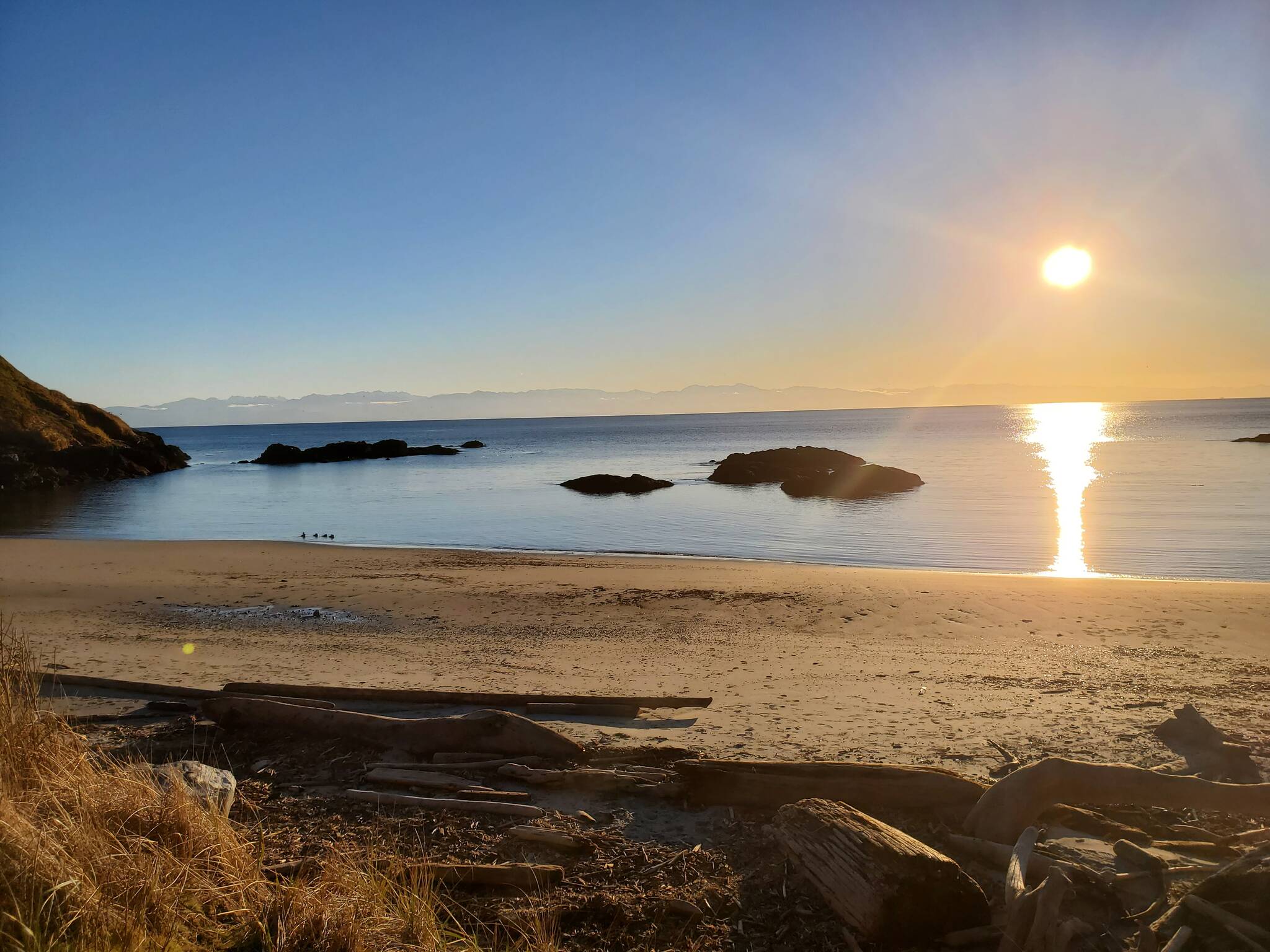Plastic is everywhere, recent studies have shown, even in human lungs and bloodstream. The petroleum-based product has been found in remote places on Earth, where wildlife accidentally consumes or becomes entangled in it. Currently, according to Katie Flemming, Sn Juan County Environmental Stewardship Department’s Solid Waste Coordinator, 381 million tons are produced each year. Fleming spoke at a Whale Museum presentation about a Plastic Free Salish Sea, a partnership of local groups working to address the issue.
“Plastics have not been around long but production has grown exponentially. Unless we take action, it won’t be going down anytime soon,” Fleming told attendees. A bulk of that is strictly packaging.
The presentation was over Zoom, allowing audience members to listen in from outside of San Juan County, including the states of Oregon and Montana.
Participants engaged through chat to discuss their concerns with plastic are, and the steps being taken.
Disposing of plastic was a primary concern.
“Plastic and glass make up a majority of our landfills,” Fleming said. Although some types may be recyclable, and there are biodegradable varieties, people frequently are confused between them and how best to dispose of.
“Wishcyling is a real thing,” Fleming said. “We want to get rid of it in an environmentally friendly way.”
Despite wishful thinking, the reality is only 18 percent of plastic in recycling bins is recycled.
It does not help that plastic containers are frequently labeled with the recycling arrows everyone is so familiar with. As a result, companies are being urged to state the type of plastic the container is, and refrain from using the recycle logo.
Of the seven types, one and two are the easiest to recycle. These are typically bottles, jars, jugs or tubs. Number fives can be recycled, but take a little more work. Lopez and Orcas recycling have both stopped accepting anything other than one and two.
From the islands, the plastics are then trucked on the ferry, where they are trucked and or trained to the processing plants.
“It takes a lot of energy getting rid of our trash,” Fleming said, another thing to consider when discussing the amount of garbage one produces and the importance of reducing waste.
Fleming said one of her goals is to work with local businesses to see how they can become involved.
One attendee suggested installing water bottle refilling stations as one step business owners could take. Restaurants around the world are cutting back on straws by using paper, pasta, or reusable straw, and are encouraging customers to use their own washable utensils with to-go orders.
“We need to rethink how we package to-go food,” she said.
To encourage plastic reduction, individuals can let restaurants know in a friendly way, that they don’t want or need utensils and straws, Fleming said.
Fleming is also in the early stages of organizing a feasibility study for an industrial compost site. For biodegradable plastics, composting could be a solution to keep them out of landfills.
“Composting is a huge piece of waste reduction,” she said
One participant brought up studies that mushrooms can break down plastic. Those studies, Fleming said are exciting, but currently not yet possible on a large scale.
“It’s fun to think about how to be creative with this, and it’s time we do,” Fleming said. “That’s also why I love working with young people because they might be the ones who come up with the solutions.”
To learn more about Plastic Free Salish Sea visit https://plasticfreesalishsea.org/about/.




